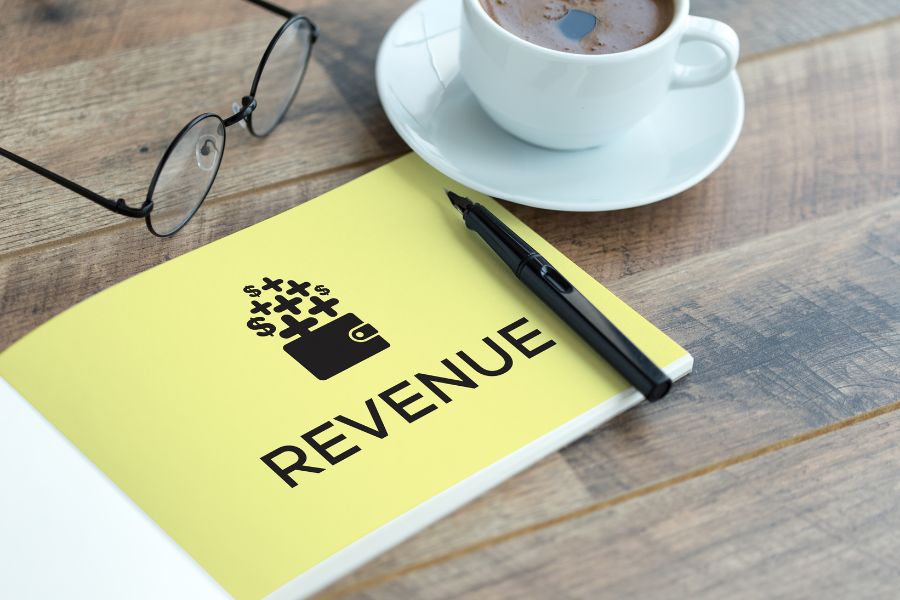For independent hotel owners and operators, managing room revenue effectively can be the difference between surviving and thriving. One metric continues to stand out in performance discussions: RevPAR, or Revenue Per Available Room.
This guide breaks down what RevPAR really means, how to calculate it, and practical steps to improve it without making things more complicated than they need to be.
What is RevPAR (Revenue Per Available Room)?
RevPAR is a key indicator of how well a hotel is filling its rooms at the right price. It combines both occupancy and average daily rate (ADR) into one number.
RevPAR = ADR × Occupancy Rate
Or
RevPAR = Total Room Revenue ÷ Total Available Rooms
This metric helps general managers and revenue teams spot trends, set benchmarks, and measure success beyond just filling beds.
Unlike ADR or occupancy alone, RevPAR gives a clearer picture of how a property is performing overall. It also helps identify if a pricing strategy is bringing in the revenue it should.
How to Calculate RevPAR
Let’s say your hotel has 100 rooms. You sold 80 rooms at $150 each. That’s $12,000 in revenue.
- Using ADR x Occupancy: $150 x 0.80 = $120 RevPAR
- Using total revenue ÷ rooms: $12,000 ÷ 100 = $120 RevPAR
Both methods lead to the same result, but one might be easier depending on your reporting system.
If you’ve got rooms out of service, you might choose to exclude those from the count, just be consistent with how you report it.
Revenue Management Tips to Improve RevPAR
There’s no one-size-fits-all strategy here, but these proven methods can help raise your numbers without relying on guesswork.
Dynamic Pricing
Adjust rates based on demand, time of year, or local events. If a concert or conference is coming to town, your pricing should reflect that opportunity.
Length of Stay (LOS) Restrictions
Encouraging guests to stay longer can lift your average revenue by driving underlying occupancy and efficiencies.
Upselling and Cross-Selling
Simple add-ons like breakfast, late checkout or parking can nudge total revenue up without affecting occupancy.
Managing Discounting and Channel Mix
Avoid over-relying on third-party booking channels. Direct bookings generally mean better margins, so it is crucial you track your channel mix to see where further optimisation opportunities are.
Forecasting and Setting RevPAR Goals
Setting targets shouldn’t be based on gut feel. Look at historical data, seasonality, market trends and internal commercial initiatives that will maximise performance.
Whether you’re planning for school holidays, business travel lulls, or local events, align your goals with real booking patterns, not wishful thinking.
Tracking and Analysing RevPAR
Using tools like an RMS (Revenue Management Systems), PMS (Property Management Systems), or STR reports can help monitor RevPAR regularly, daily, weekly, and monthly.
Comparing your numbers with a comp set (other similar hotels in your area) helps put your results in perspective. A drop in RevPAR might not be a cause for alarm if it’s happening across the market. Conversely, a raise in RevPAR might be primarily market driven rather than your own commercial strategies.
Beyond RevPAR: Other Metrics That Matter
RevPAR is useful, but not the whole story. These metrics add more depth:
- TRevPAR – Total Revenue Per Available Room
- GOPPAR – Gross Operating Profit Per Available Room
- NRevPAR – Net Revenue Per Available Room
- RevPAG – Revenue Per Available Guest
Each helps you understand revenue and profitability in different ways especially as ancillary services like F&B, events, or spa become more important.
Common Questions About RevPAR
What’s a good RevPAR?
It depends on your market and category. Track your own trends over time and compare them with similar properties.
How is RevPAR different from ADR?
ADR tells you the average price per room sold. RevPAR factors in whether you sold those rooms. At the end of the day you won’t be able to take ADR to the bank.
What affects RevPAR most?
Occupancy, pricing strategy, and distribution mix. All three play a role, and small changes can make a big impact.
Final Thoughts: Steady Gains Start with Smarter Revenue Management
Raising your RevPAR isn’t about chasing high rates or packing out rooms it’s about finding the balance that works for your hotel. That means knowing how to calculate RevPAR, reading your performance accurately, and applying strategies that suit your property and market.
To recap, here’s what matters:
- Understand what RevPAR tells you and how it compares to ADR or occupancy.
- Calculate it properly, using reliable data.
- Apply proven strategies, dynamic pricing, LOS rules, upsells, and managing your channel mix.
- Forecast with purpose, using real patterns in your booking data.
- Track and compare regularly, so you’re not making decisions in the dark.
- Use additional KPIs like TRevPAR or GOPPAR when room revenue isn’t the full picture.
If you’re ready to improve performance without relying on guesswork, our team can help. Nuvho works with independent hotels Explore our revenue management services or Book a consultation with our team
Start a conversation direct with one of our leadership team!

© Nuvho Pty Ltd, All Rights Reserved





